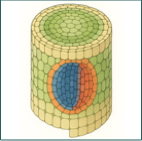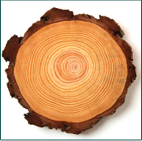CONTACT
GALLERY
TOOLS
PUBLICATIONS
RESEARCH
PEOPLE
Anselm
Lab Meeting
SEP
26
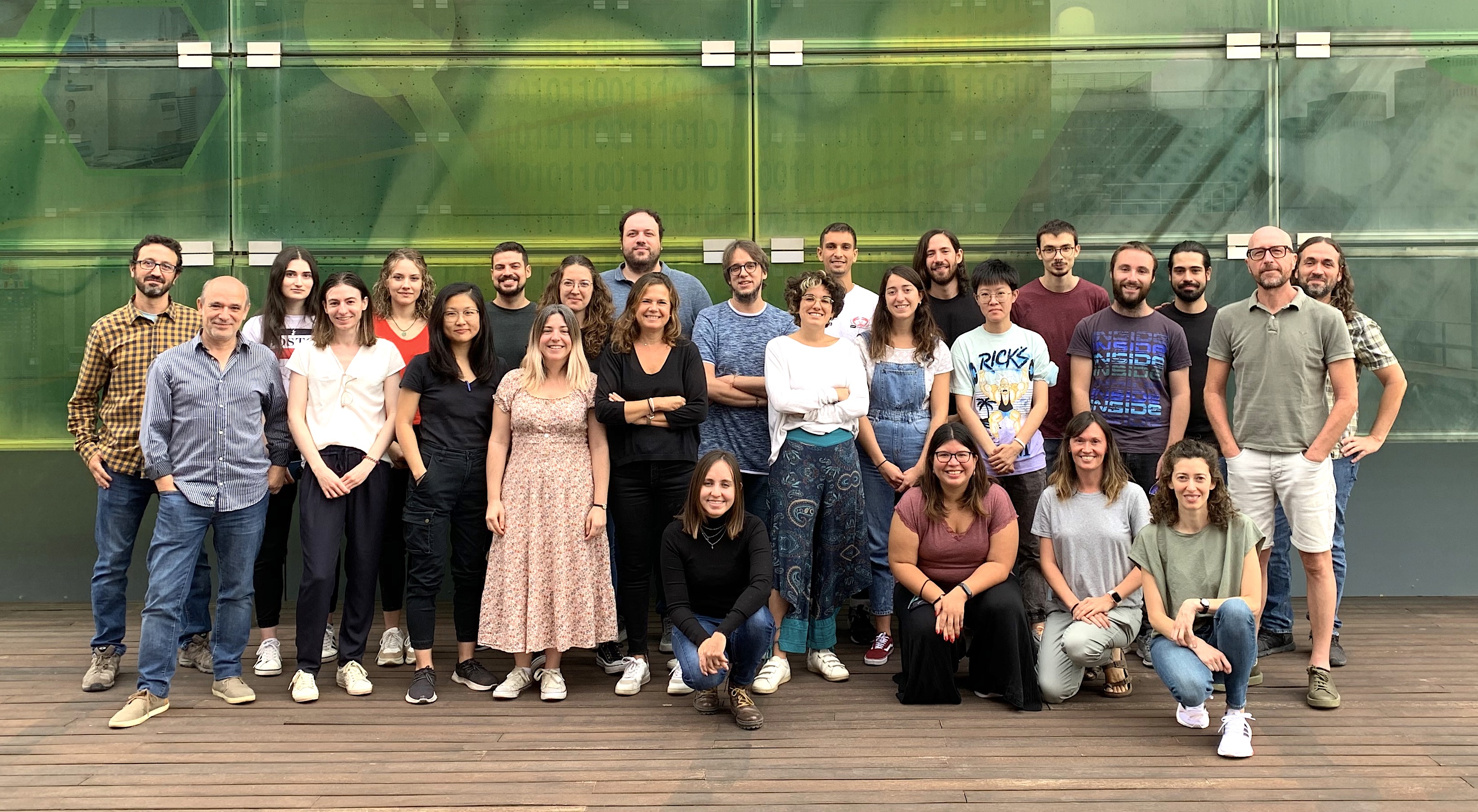

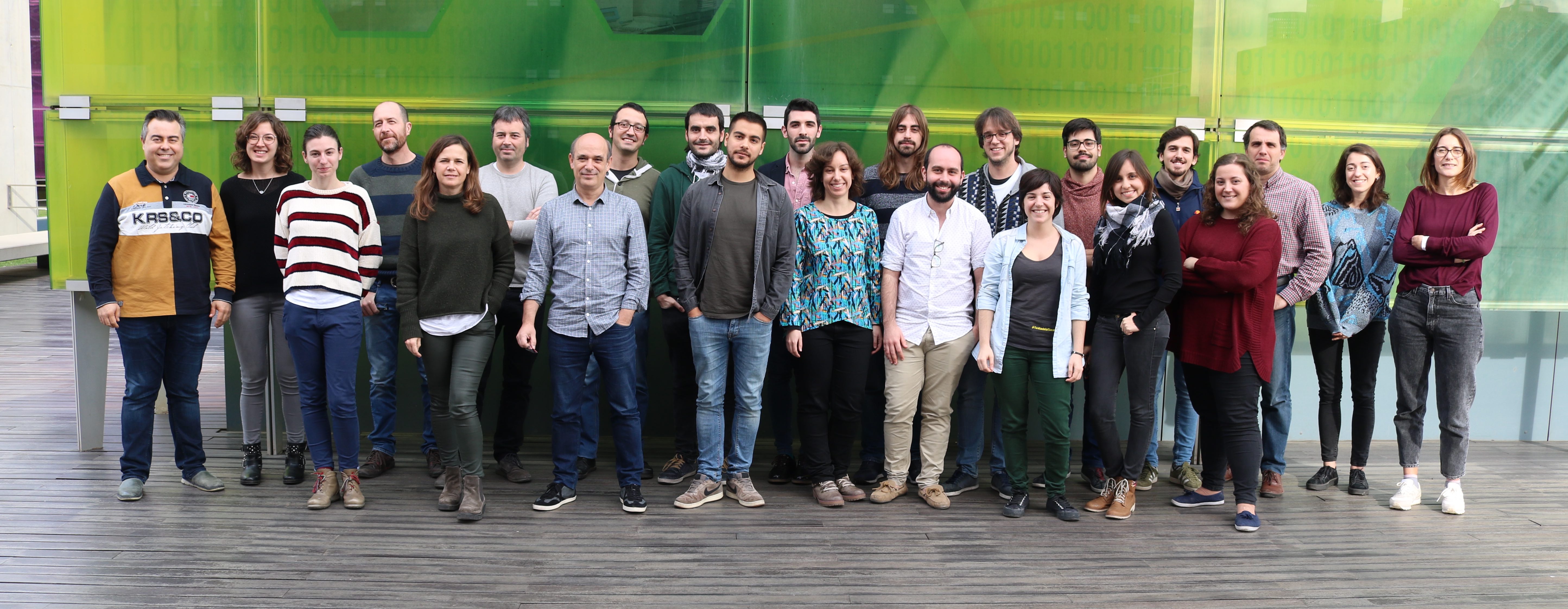






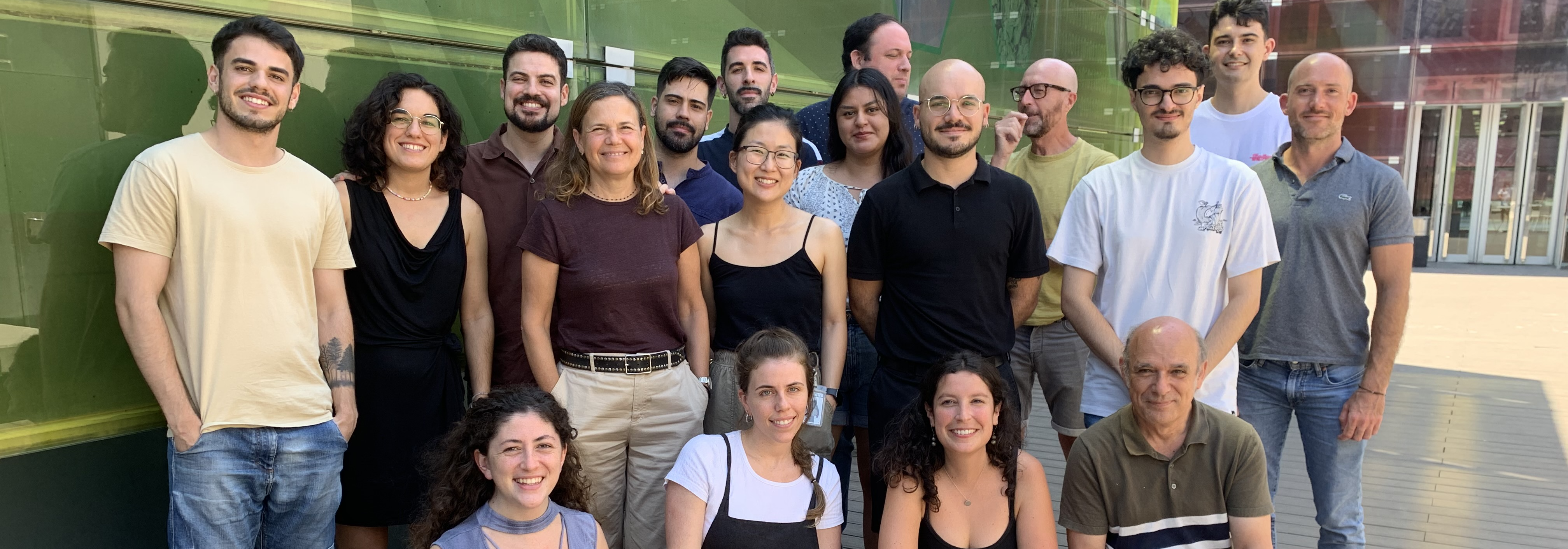
Latest news
Upcoming events

Green Revolution DELLA Proteins: Functional Analysis and Regulatory Mechanisms
Our dear DELLA proteins are key regulatory elements that integrate environmental information into cellular responses. You can find here all you ever wanted to know about DELLAs and never dared to ask.
Posted on December 5th, 2024

Group's X-mas lunch at Fumiferro
Last group reunion in the year before the Christmas break. Some of our group members were missing, but the rest of us had lunch together right after the closing session of IBMCP's Annual Science Days.
Posted on December 19th, 2024

Divergent evolution of a thermospermine-dependent regulatory pathway in land plants
Evolution operates by shuffling the deck of cards. For example, we have discovered that the genetic circuit known to regulate vascular cell divisions in vascular plants is assembled in a completely different way in non-vascular plants, where it regulates entirely different processes. Learn more about it here.
Posted on January 9th, 2025
The structure of the R2T complex reveals a different architecture from the related HSP90 cochaperone R2TP
R2TP are cochaperones that help HSP90 to properly assemble essential cellular complexes. Despite the conservation across kingdoms, plant cochaperones have a distinct composition, and here we describe the CryoEM structure of the Arabidopsis cochaperone.
Posted on February 27th, 2025
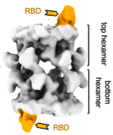
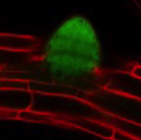
PDRG1 is essential for early plant development as a component of the prefoldin-like complex
PDRG1 is an essential gene in all eukaryotes, but its mode of action is not understood. Here we show that it belongs to the Prefoldin-like complex in Arabidopsis and shares many functions with other known subunits. The photo shows PDRG1 expression in emerging lateral roots.
Posted on March 3rd, 2025
Hosting High School students in the lab
We have enjoyed the visit of Carla and Lucía, two students in Domus School (Godella, Valencia). They have spent three days in the lab getting acquainted with lab tasks and organization, and experiencing research activities.
Posted on March 14th, 2025
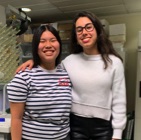
SEP
19
GenTalks - Public event
Oceanogràfic, Valencia, 19:00 h
Marian speaks about:
"El ritmo secreto de las plantas"

The circadian clock regulates rhythmic gene expression in plants, but its cell-type specificity was unclear. In collaboration with the Xie and Zhai labs, here we use time-resolved single-nucleus RNA-seq in Arabidopsis to reveal cell-specific rhythms and identify ABF1 as a novel clock regulator.
Posted on May 5th, 2025
48-Hour and 24-Hour Time-lapse Single-nucleus Transcriptomics Reveal Cell-type specific Circadian Rhythms in Arabidopsis
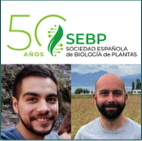
Today we celebrate the Sabater Prize which has been awarded to Jorge and Noel, two former PhD students in the Plasticity Lab, by the Spanish Society of Plant Biology. Well deserved, we are very proud of you.
Posted on June 4th, 2025
SEBP's Sabater Prize to Jorge Hernández-García and Noel Blanco-Touriñán for their achievements in plant biology research
Congratulations!! Laura Hernández-Villa has defended her PhD Thesis today, with Vicent Arbona, Mª Dolores Gómez and Francisco Marco as members of the PhD Committee. Check out more pictures here.
Posted on May 22nd, 2025
Characterisation of PDRG1 in Arabidopsis thaliana and the role of R2T/PFDL complex in cell differentiation


Another round of applause for Noel, who has been recognized with this year's Young Scientist Award by the Federation of European Societies of Plant Biology (FESPB). He received the prize today and gave a plenary talk in Budapest (Hungary).
Posted on June 25th, 2025
FESPB Young Scientist Award to Noel Blanco-Touriñán for his achievements during his PhD and postdoctoral stages
Plants stop growing if they need to defend themselves. This trade-off has been classically explained in terms of energy demand. But we have found evidence that suggests that the arrest is beneficial for preventing mutations in the stem cells, which could be transferred to the progeny.
Posted on July 1st, 2025
Growth arrest is a DNA damage protection strategy in Arabidopsis
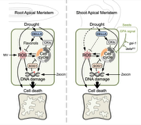
SEP
03
SEBBM Congress
Cáceres. Centro San Francisco, 9.30 h
Miguel will speak on:
"Multisensory integration during plant terrestrialization"
OCT
21
PI's Retreat
Discussion of grant applications
NOV
14
Seminar at CBGP, Madrid
Salón de Actos, 12 h
Miguel speaks about:
"Why do plants stop growing under stress?"
Cynthia
Lab Meeting
OCT
03
Santi
Lab Meeting
OCT
17
Joaquín Clúa
Lab Meeting
OCT
24
Joaquín Clúa
Lab Meeting
OCT
24
Rosa
Lab Meeting
OCT
31
Abigail
Lab Meeting
NOV
07
Ana
Lab Meeting
NOV
21
Enrique
Lab Meeting
NOV
28
Carlos Gámez
Lab Meeting
DEC
05
Jaime
Lab Meeting
JAN
09
SEP
26
Seminar - T-Talk
IBMCP's Main Hall, 12.30 h
Miguel will speak about:
"How we use edgetic and chemical screenings to generate sustainable applications in Agriculture"
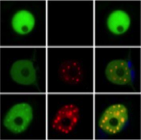
In apple trees, flowering is regulated by temperature and gibberellins. Here we have found molecular evidence that links temperature with the stability of apple DELLA proteins, following a clue already uncovered in the lab a few years ago. This work is a collaboration with Fernando Andrés' lab -now a colleague recruited by IBMCP.
Posted on September 21st, 2025
Apple DELLA is degraded under warm temperature conditions in Nicotiana benthamiana leaves through a COP1‐dependent mechanism

Our colleague Miguel Blázquez has been awarded CSIC's Margarita Salas Medal. This distinction recognizes his trajectory as PhD Thesis supervisor and the mentoring of postdocs and junior colleagues. The ceremony will be broadcasted via Youtube on Oct 8th at 18 h.
Posted on October 6th, 2025
III Margarita Salas Medal for excellent supervision of junior researchers
Environmental regulation of plant vascular networks
Brassinosteroids are plant hormones that promote growth. However, recent evidence -reviewed here- indicates that they do not act uniformly across all tissues, but as modular, local regulators.
Posted on November 18th, 2025
Specificity of brassinosteroid perception and its integration at signaling crossroads in vascular development.
Almost every aspect of plant development is regulated by environmental signals. Here we have analyzed current literature describing the molecular mechanisms that allow acclimation through changes in vasculature's patterning and differentiation.
Posted on November 1st, 2025
